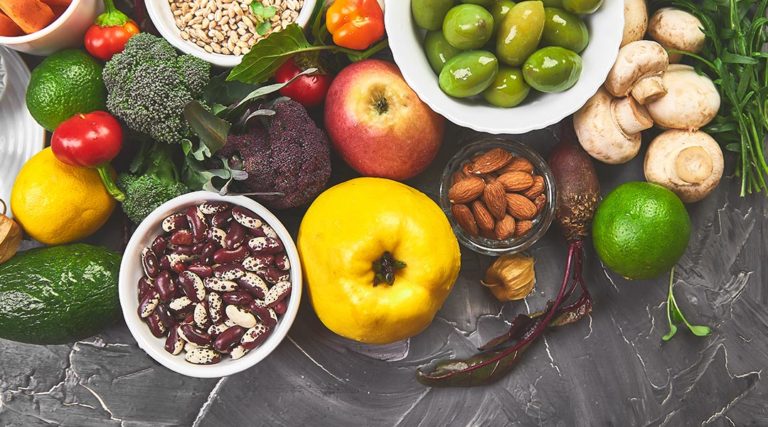Moms and Dads
An Easy 5-Step Guide How Start To Organic Living
The healthiest way to live for you and your family is to go organic.
While the kids (and sometimes, we) do love the Spam, Vienna sausages, instant noodles, and hotdogs, it’s not something we can eat all the time. A lot of times, food like those have salt and sugar which is bad especially if your family has a long history of diabetes or high cholesterol problems. But going organic can be a bit expensive which is why we’ve come up with an easy list on how to slowly transition your family to living the organic life.
1. Basic rule of thumb: the less ingredients there are = the more organic
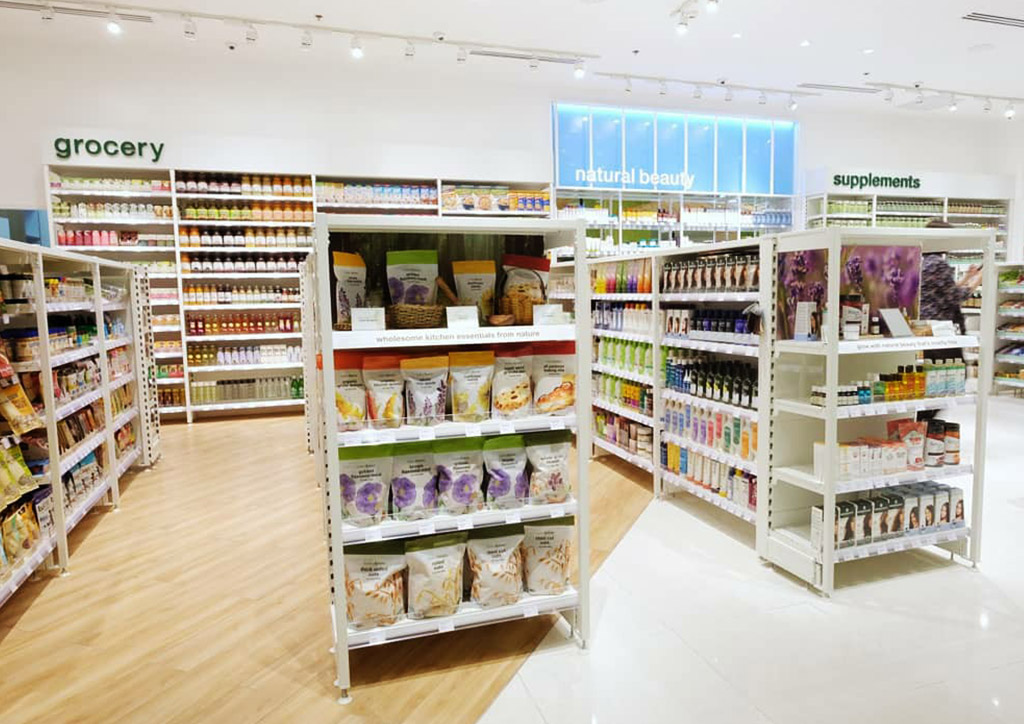
A lot of commercial stuff has a lot of artificial chemicals which make it easier to mass-produce. But it’s not always healthy especially if you’re more prone to allergies in the form of rashes and acne. Some places like Healthy Options do have organic shampoos, house cleaning items, and food but they can be quite pricy. But we’d like to think it’s a small price to pay instead of paying more for medicines and hospital bills because of our constant exposure to chemicals.
2. If you can grow some veggies at home, do so!
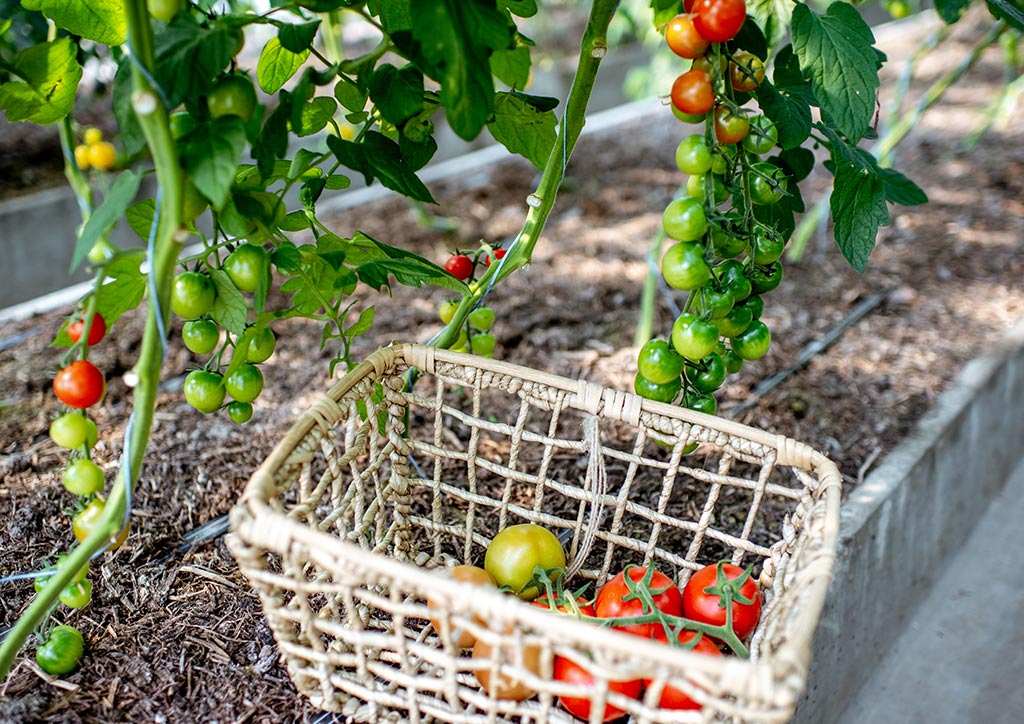
Plantitas and plantitos, rise — it’s our time to shine! Sustainable living is also a more organic way of living and what better way to do it than growing your own garden? Because you’re growing your own veggies, you’ll be more conscious of what you put in it and you’ll discover that there are more organic ways to help your plants grow. Like, if you have a coffee addict living in your house, you’re sure to have a lot of used coffee grinds that can serve as really good fertilizer because they’re rich in nitrogen.
3. Study your herbs!
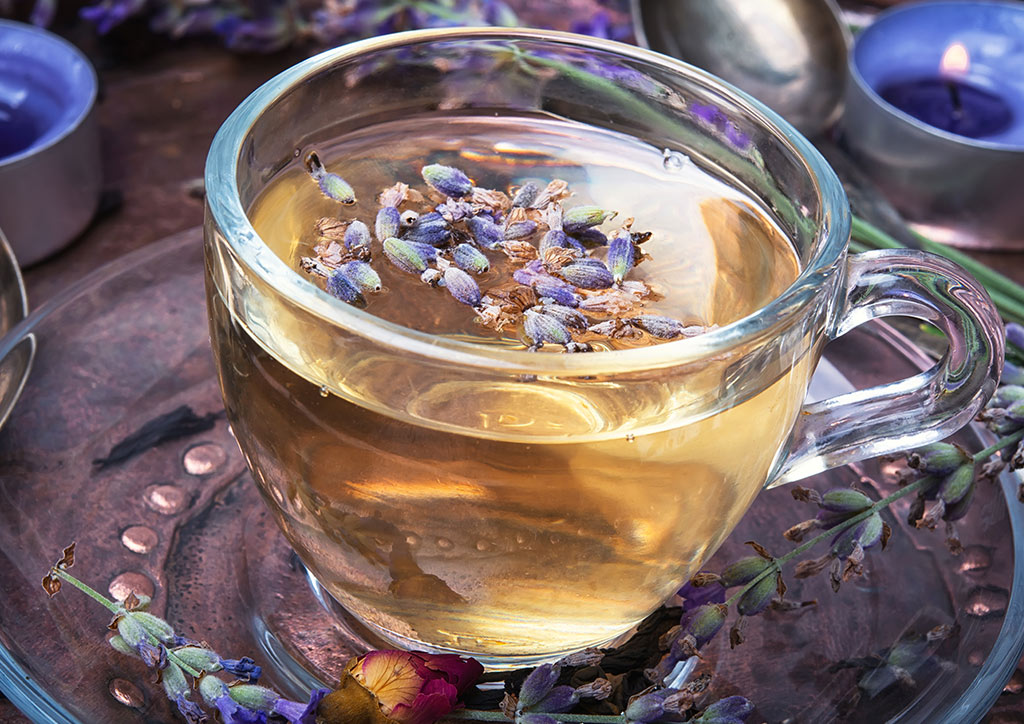
While they’re not a cure, they do have some healing properties. Like especially when we’re stressed from a long day and are restless, Chamomile and Lavender when brewed into a tea can relax you so much it’ll knock you out just as fast as sleeping pills if you’re a restless sleeper. Plus, it’s a nice concoction to have especially during the rainy days. It’ll take some reading but being familiar with herbs, veggies, and fruits can help improve your diet and who knows? You’ll find more creative ways to get your kids to eat veggies.
4. Support out the small businesses that sell organic items
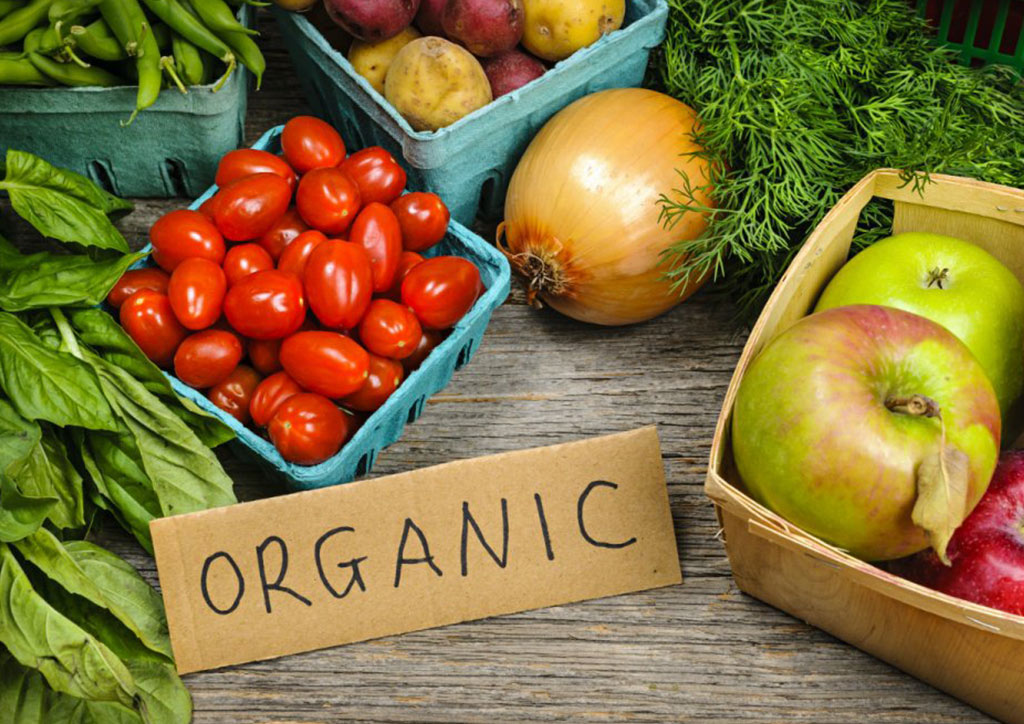
Chances are because they’re smaller, they won’t have access to the big chemical labs that create the artificial stuff. Plus, many of the owners of these shops have an artisan’s pride. Meaning, they’re less willing to compromise with the ingredients because it will reflect poorly on their skills. Although their wares might be a bit more expensive, they might be more transparent with you regarding what they put in their products.
5. Become a locavore
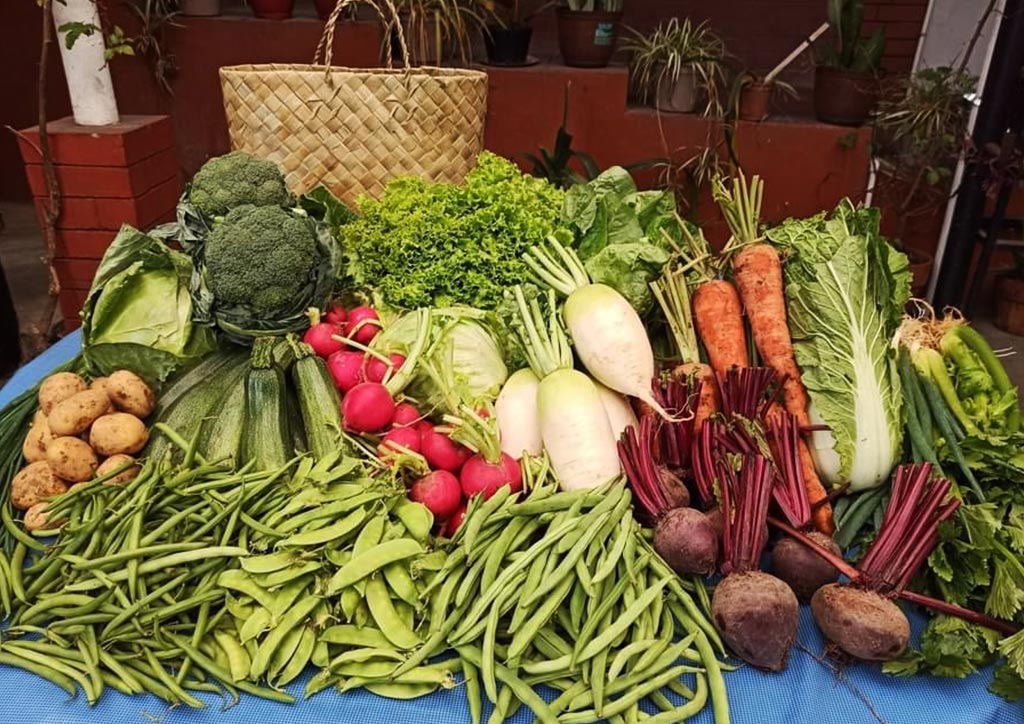
Becoming a locavore means consuming things that are only within the local area. A small restaurant in Tagaytay has been doing this for quite some time, not only supporting their farmers but assuring that their ingredients are fresh and organic. For some of us who live in the Metro, getting these kinds of food might be hard but there’s a group on FB called Rural Rising PH wherein, they help farmers come in contact with their consumers. They do allow pick-ups so you just have to just find out the nearest pick-up point and send Grab, Lala, or Transportify to grab your organic goodies.
Living the organic life can be a bit hard at first but it’s good for the family in the long run.
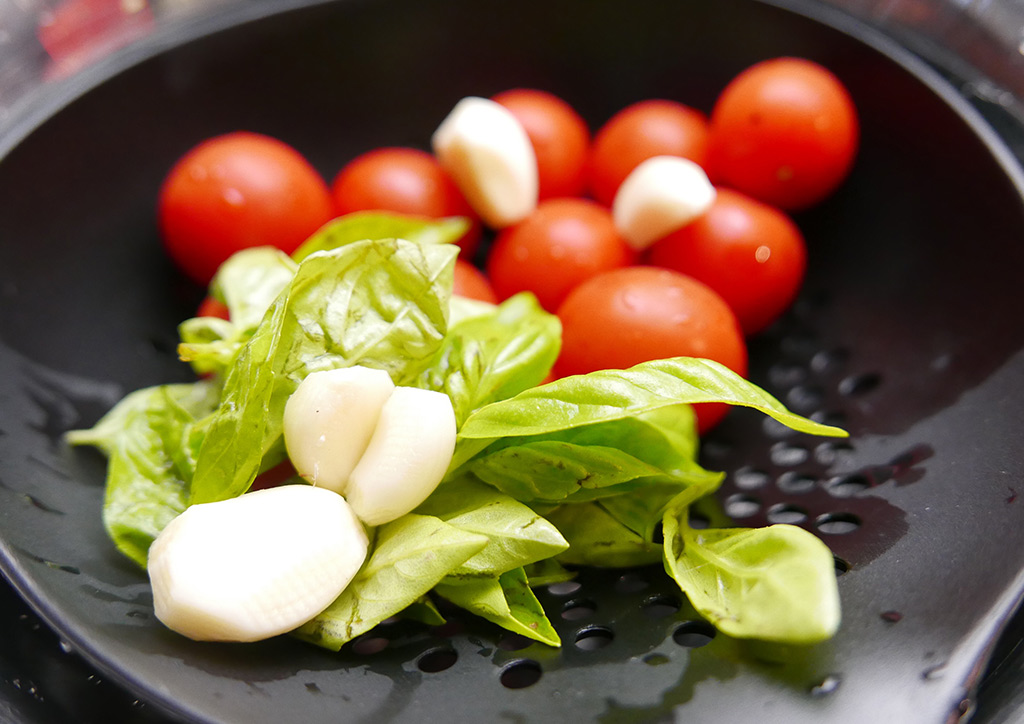
Going organic might mean we’ll have to do a little more budgeting but it’s well worth the trade-off when you think more about your health especially in the long run. As we get older, we need to be more conscious of what we consume especially when hospital bills can really skyrocket now. But like all transitions, it’ll take some time getting used to but going the organic route will definitely go down like a treat.
Trying to live a more sustainable and organic life? Here’s more stories on how to live the organic life!
9 Best Local Makeup and Skincare Brands
5 Starter Items We Need For An Earth-Friendly Home
Beat the Scales Like Paolo Contis with Pure Jus
